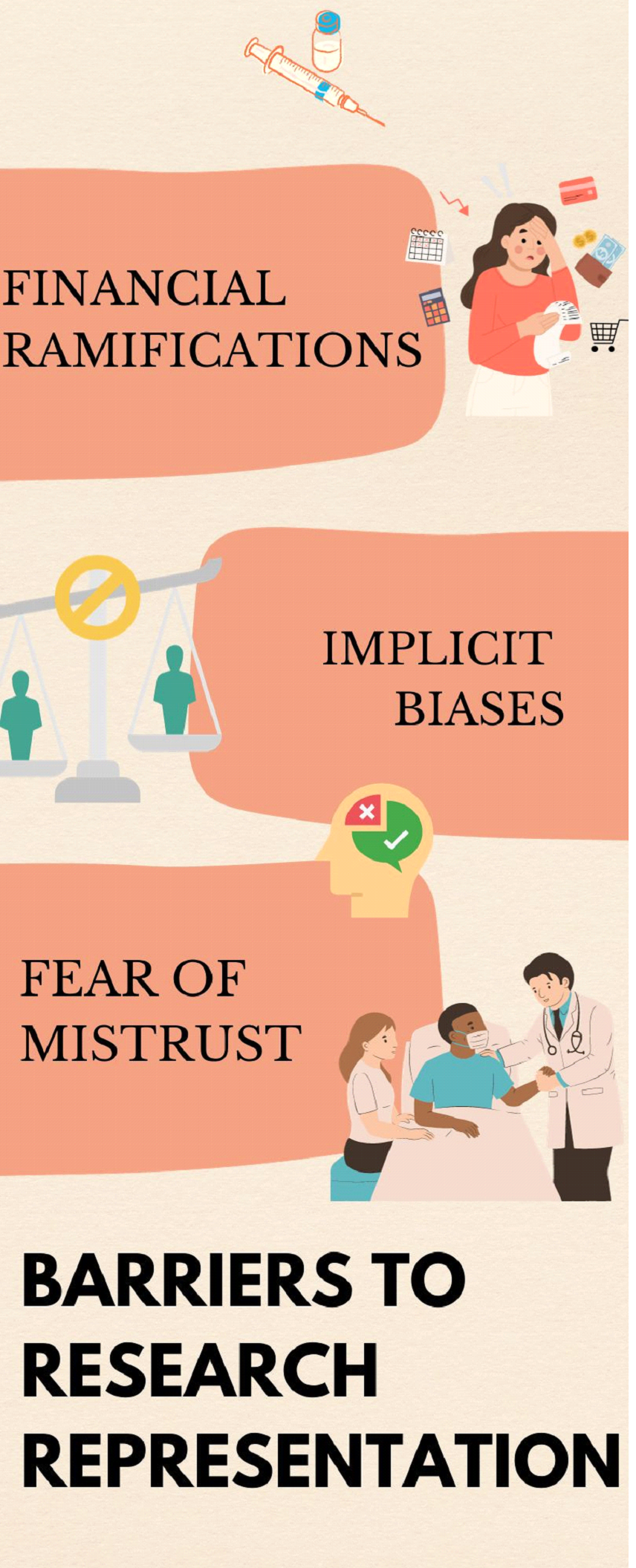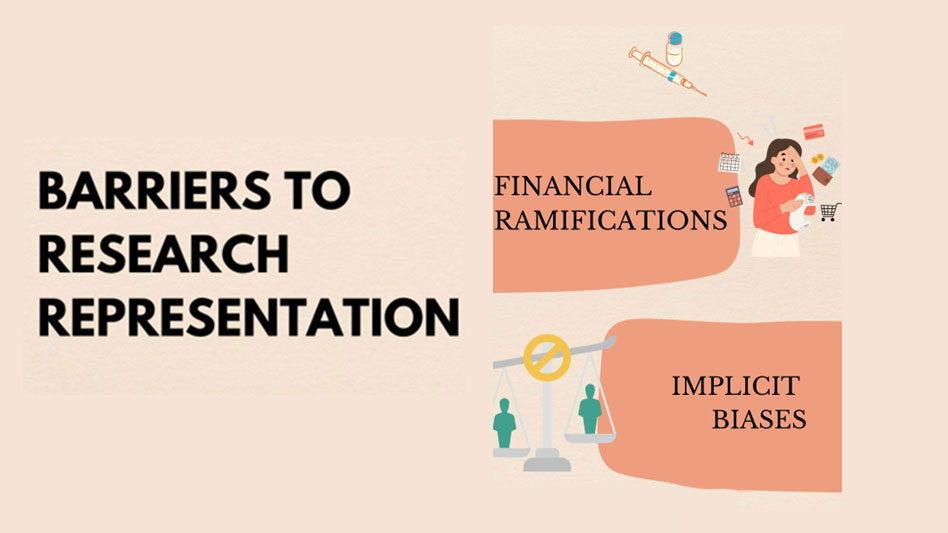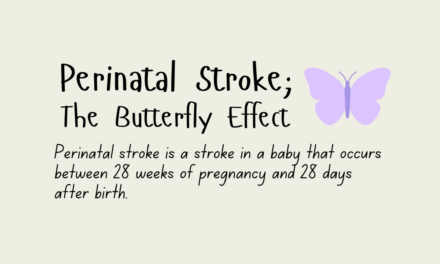
All interventional studies in the United States are registered on ClinicalTrials.gov, as well as many others worldwide. A total of 367,029 clinical trials are shown on this website. The website provides details about every study in the database. This includes the location of the study, the disease that is being treated, the treatment being used, who can partake, and the contact details for the researchers. This website is a great resource that both doctors and patients can use to find a research study about a single disorder.
North America, and the United States specifically, has been one of the countries carrying out the largest number of clinical trials for years. However, other countries also focus on research and have their own clinical trials too. In a study that was done from 2011-2013, it found that the USA, Germany, France, Canada, and United Kingdom have the highest number of trials. In another study, it was found that from 2005 to 2012, the Asian and Latin American/Caribbean regions saw the biggest amount of growth of registered clinical trials.
Some people may qualify for a study but may not be able to be in them because of cost and logistics. Sometimes a study only accepts certain patients. Doctors may hesitate to present a clinical trial to certain patients. This can result in unequal representation of patient groups.
Researchers have tried to learn why some patients are not participating in clinical trials of cancer treatments. Patients who cannot afford the trials are not accounted for. Often, this includes those who are uninsured or from minority groups. One reason may be that patients often have to travel to different hospitals in order to join these trials. The studies may not pay for all costs such as travel, housing and food. Also, many people do not have the ability to take time off of work. These blocks tend to affect people with lower incomes.
Patients with higher incomes are more likely to enroll in clinical trials. As a result, findings from trials and future treatments are more likely to apply to these patients. The problem is that this does not accurately represent the diverse population of patients. It also brings up the issue of whether these trials are truly open for all patients.

Another part of this problem is how implicit bias can impact whether a clinical trial is even offered to a patient. This type of bias is a negative view that one may have towards a person. This can happen whether they are aware of it or not. Implicit bias can cause clinicians to think certain people may not comply with aspects of a clinical trial. This largely affects patients in minority groups. Due to bias, clinicians may be less likely to offer a research study to minority patients. This is one reason for why patients from ethnic or racial minorities are offered involvement at a far lower rate than white patients.
Doctors may be hesitant to enroll patients of a specific race or gender. This could be due to a fear of losing their patients’ trust. One research study has shown that doctors are less likely to propose a clinical trial to Black patients because they believe this may change their relationship with the patient. However, research shows that the key step is simply making an offer. The rate of acceptance for both white and minority patients is alike. This shows that if a clinical trial is shown in the right way, the enrollment does not need to be restricted to certain groups.
Clinical trials are essential for many reasons. They teach us about disease, treatment, and improve the quality of life for patients. Researchers should design studies so that all patients are included equally. Doctors should also be aware about the value of offering research studies to all eligible patients.
Resources
- Nipp, R. D., Hong, K., & Paskett, E. D. (2019). Overcoming Barriers to Clinical Trial Enrollment. American Society of Clinical Oncology educational book. American Society of Clinical Oncology. Annual Meeting, 39, 105–114. PMID: 31099636
- Carlos H. Barrios et al., The Global Conduct of Cancer Clinical Trials: Challenges and Opportunities. Am Soc Clin Oncol Educ Book 35, e132-e139(2015).
DOI:10.14694/EdBook_AM.2015.35.e132. PMID: 25993164 - Jeong, S., Sohn, M., Kim, J. H., Ko, M., Seo, H. W., Song, Y. K., Choi, B., Han, N., Na, H. S., Lee, J. G., Kim, I. W., Oh, J. M., & Lee, E. (2017). Current globalization of drug interventional clinical trials: characteristics and associated factors, 2011-2013. Trials, 18(1), 288. PMID: 28637515
- https://grants.nih.gov/policy/clinical-trials/definition.htm
- https://classic.clinicaltrials.gov/ct2/resources/trends
About the Author

Sravya Jaladanki
M.D. Candidate
Sravya Jaladanki is a third year medical student at Northeast Ohio Medical University and has a Bachelor’s degree in Political Science and minor in Global Health from UCLA. She is planning on specializing in the field of anesthesiology and is especially interested in working with the pediatric population. She is also interested in research, and has ongoing projects in pediatric anesthesiology and orthopedic surgery at Akron Children’s Hospital and UCSF. She is currently working towards her MBA through the University of Akron, and hopes to use the practical and interpersonal skills she will gain through the program in order to bring a unique perspective to the increasingly complex healthcare landscape. Sravya hopes to explore her personal and professional interests through the rest of her time in medical school, and in her spare time enjoys writing, cooking, and spending time with family and friends.





